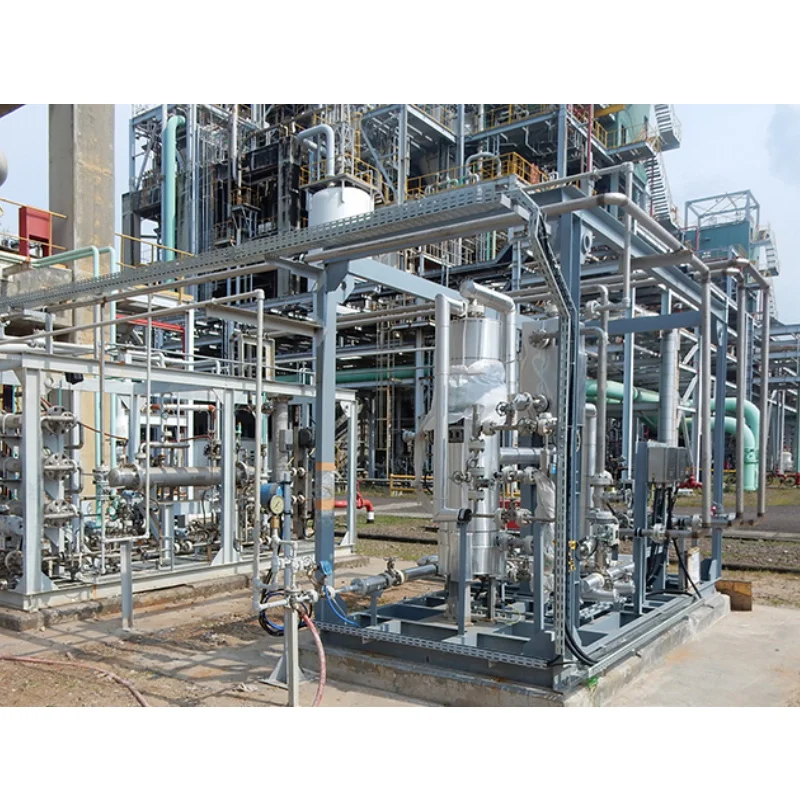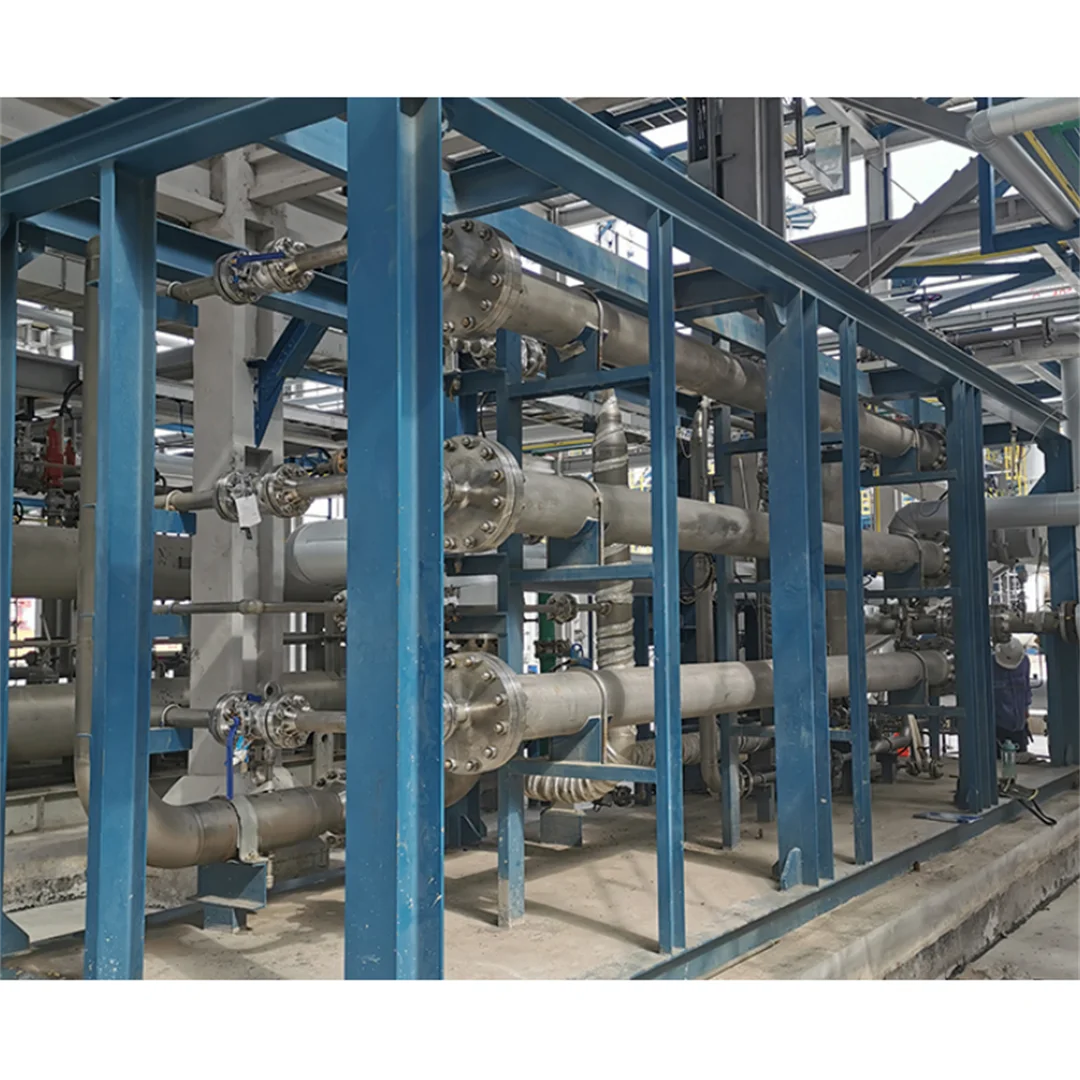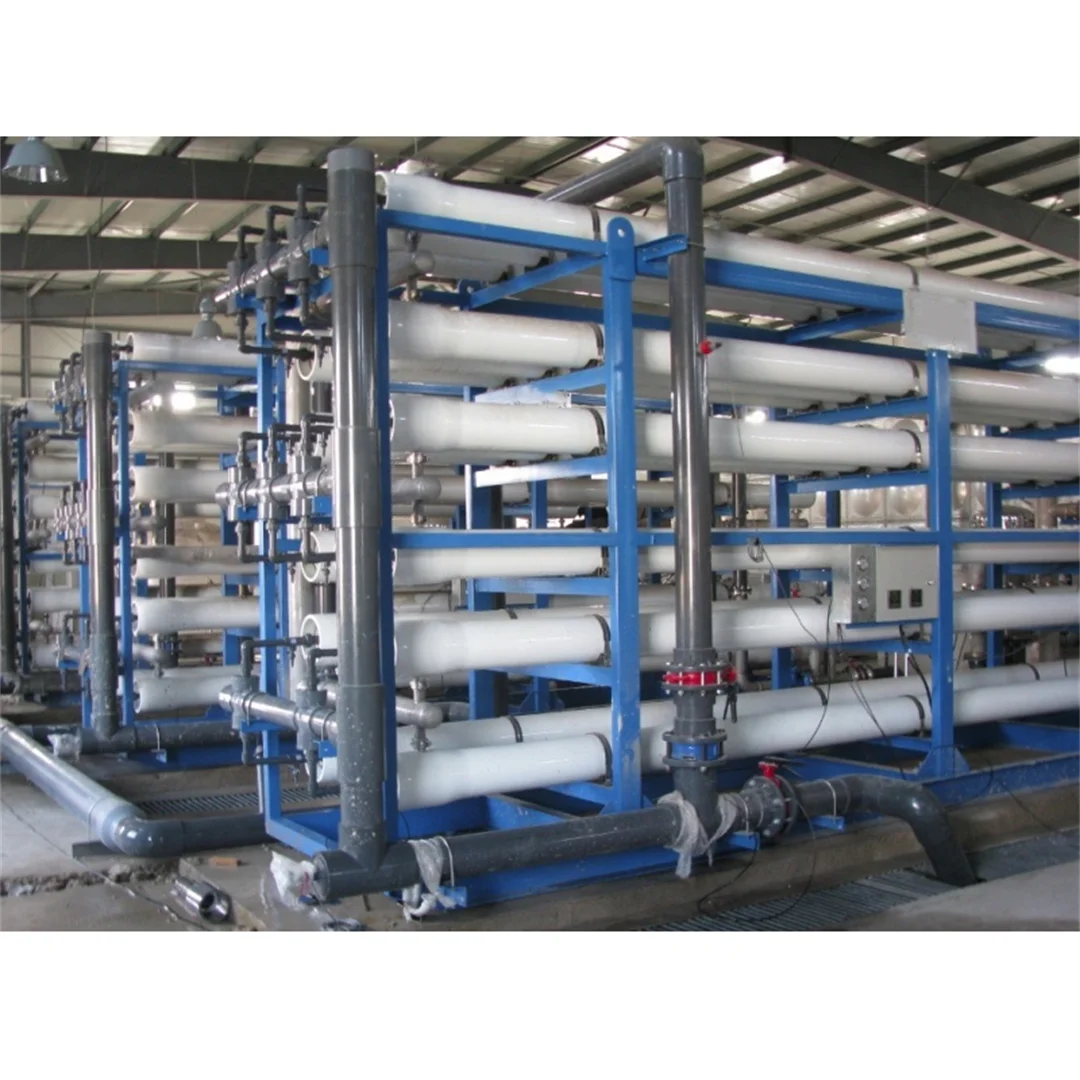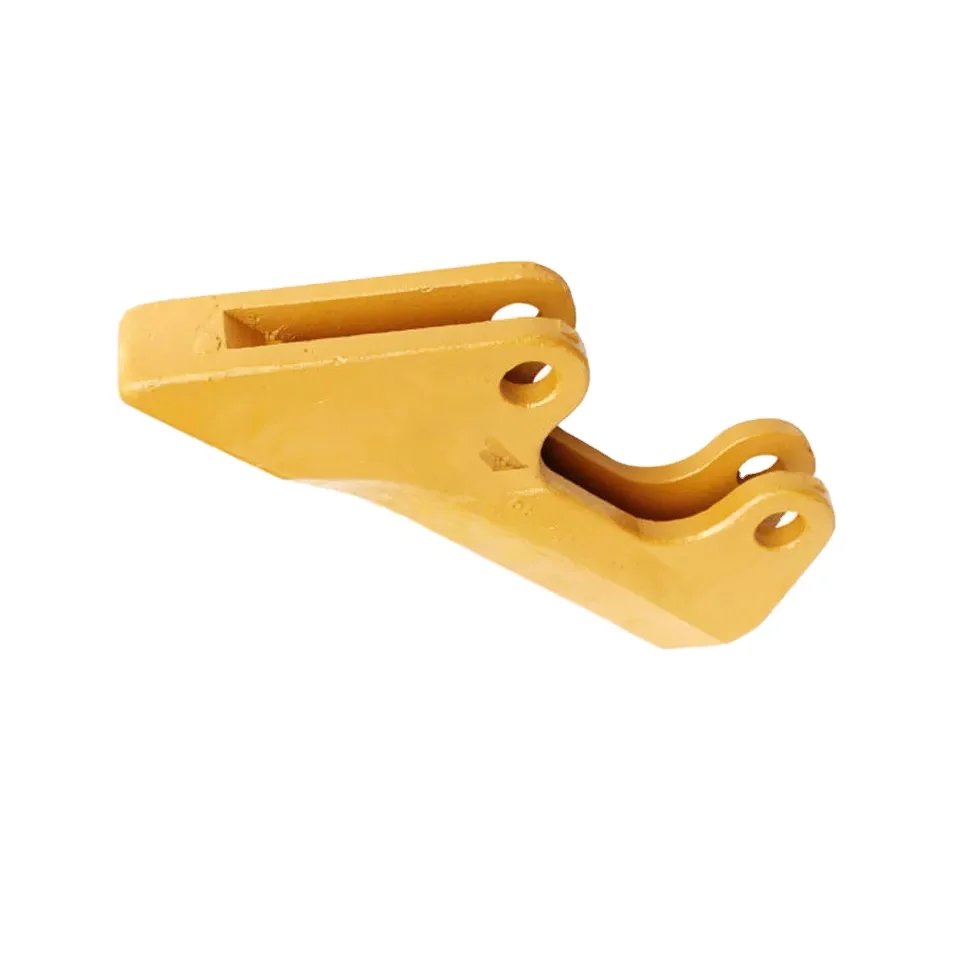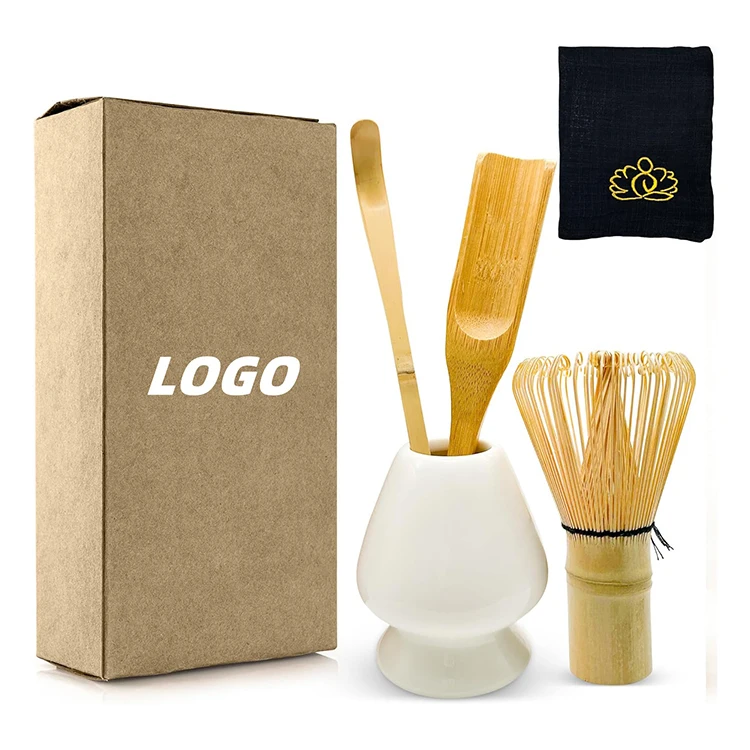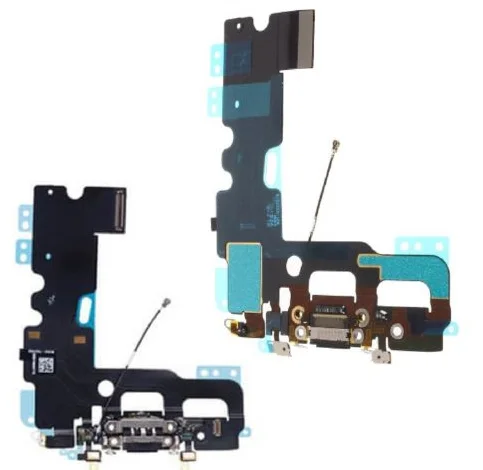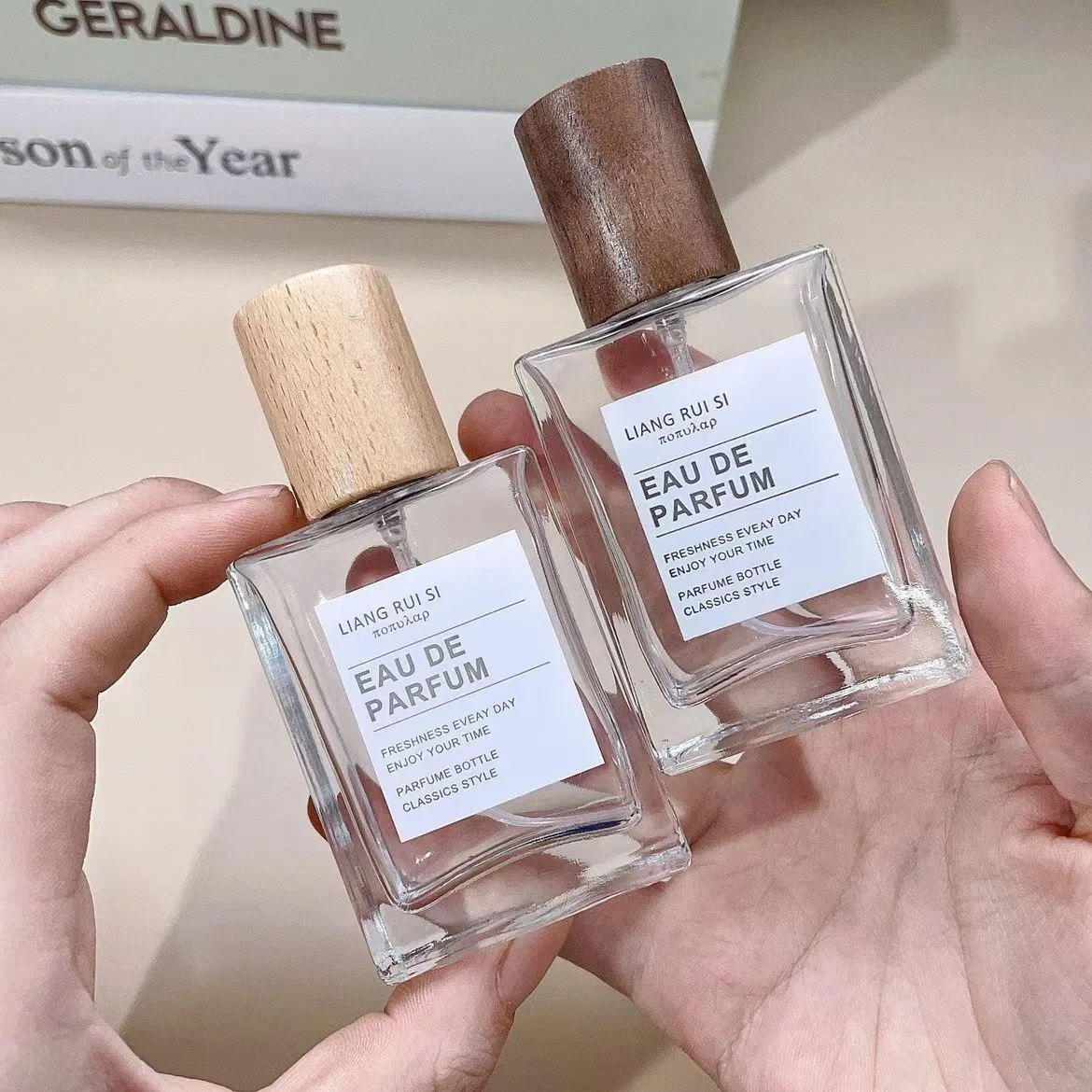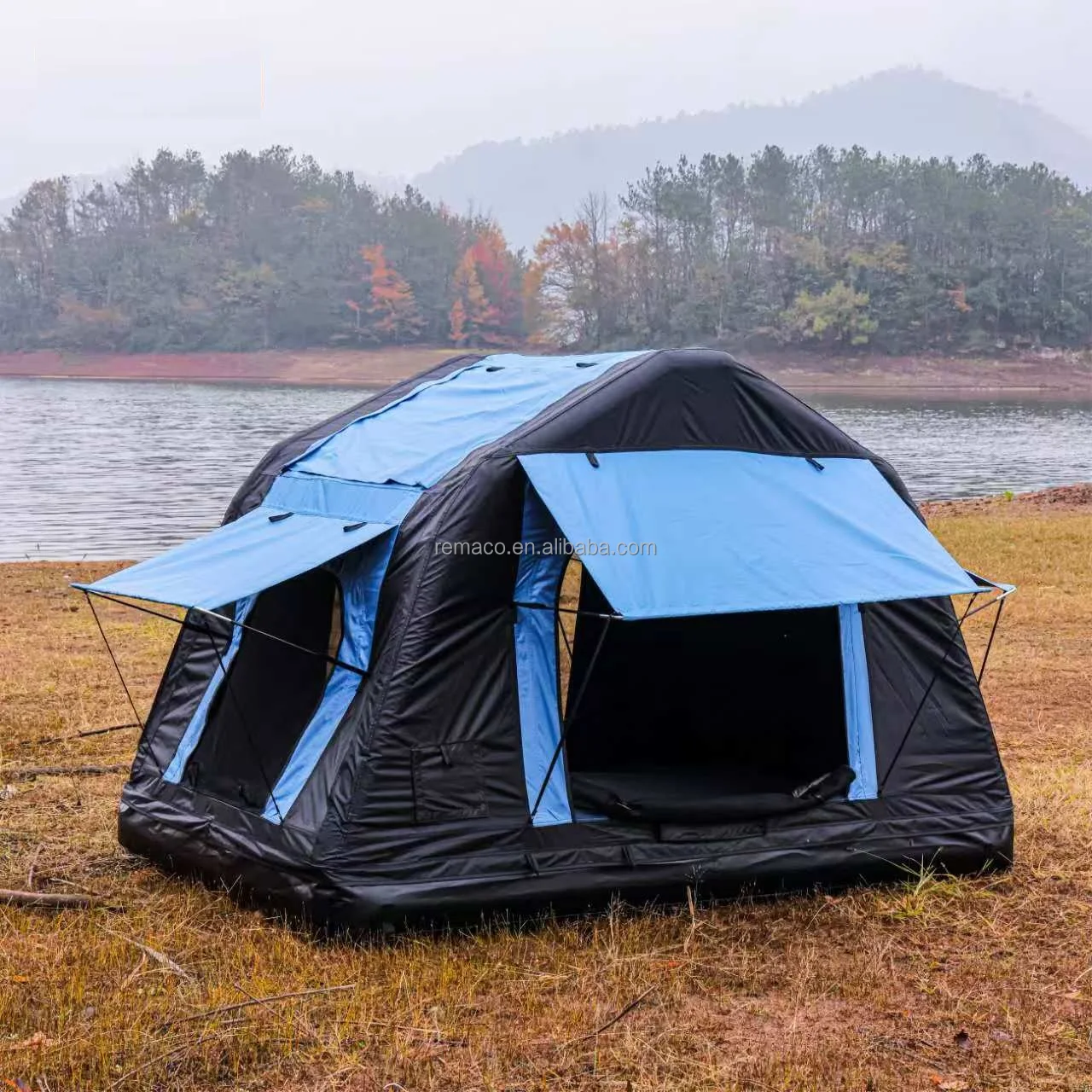Top Quality High Recovery Rate 99%Purity Voc Concentration Membranes Plant for Propylene Membrane Recovery
- Category: >>>
- Supplier: Wobo Industrial Group Corp.
Share on (1601049021641):
Product Overview
Description
Membrane-assisted Organic Steam Recovery (Membrane steam organic recovery/
Membrane-based organic steam reclamation)
Membrane-based organic steam reclamation)
Best Selling High Recovery 97%Purity Voc Filtration Membranes Plant for Gasoline Treatment And Recovery

Technical Principle

The organic steam separation membrane is a rubbery state polymer membrane, and its separation process is controlled by selective dissolution. Organic vapors with high molecular weight and boiling points, such as ethylene, propylene, chloromethane, light hydrocarbon components, etc., have a high solubility inside the membrane, allowing for fast permeation. This enables the separation from gases with smaller molecular weight and lower boiling points.
Product Parameters
Feature | Description |
Membrane Types | Spiral-wound and stacked membranes |
System Recovery Rate | Typically above 90% |
System Operational Flexibility | 50-200% |
Recovery Period Generally | 3-12 months |
Ethylene Recovery Rate | 80-90% |
CH4 Recovery Rate | 70-80% |
Applications In Industries
1.Polypropylene Industry

1) Working principle overview
In intermittent small-scale polypropylene production, the use of compression/condensation methods can reduce propylene consumption from 1.12-1.15 to 1.07-1.09 for each ton of polypropylene produced. Nevertheless, for every ton of polypropylene produced, a significant amount of propylene monomer, ranging from 70 to 90 kg, is still lost.
In a 200,000-ton BP-Amoco gas-phase propylene polymerization process, over 2,700 tons of propylene are lost annually during the polymerization reaction and resin degassing processes.
2) Typical process

3)Key features
* Propylene Monomer Recovery Rate Exceeding 95%;
* Significant Reduction in Consumption for Small-Scale Production Processes;
* Significant Reduction in Consumption for Small-Scale Production Processes;
* Recycling of Purified Nitrogen to 97-99% Purity.
2.Polyethylene Industry

1) In the BP Innovene polyethylene production process:
In the polyethylene production process, the release gas of polymerization reaction and resin degassing process contains a lot of ethylene monomer and other hydrocarbons, which will cause a lot of economic losses.
During the synthesis of High-Density Polyethylene (HDPE) and Linear Low-Density Polyethylene (LLDPE), the single-pass conversion rate of ethylene monomers is less than 100%. Unreacted ethylene monomers and other hydrocarbons are directed through a recycling compressor and reintroduced into the reactor for further reaction. In this recycling process, to prevent the accumulation of inert gases such as nitrogen, a portion of the recycled gas is released as relief gas. Unfortunately, this relief gas contains approximately 40% ethylene and 20% other hydrocarbons, leading to significant economic losses.
During the synthesis of High-Density Polyethylene (HDPE) and Linear Low-Density Polyethylene (LLDPE), the single-pass conversion rate of ethylene monomers is less than 100%. Unreacted ethylene monomers and other hydrocarbons are directed through a recycling compressor and reintroduced into the reactor for further reaction. In this recycling process, to prevent the accumulation of inert gases such as nitrogen, a portion of the recycled gas is released as relief gas. Unfortunately, this relief gas contains approximately 40% ethylene and 20% other hydrocarbons, leading to significant economic losses.
2) Typical process

3.Polyvinyl Chloride (PVC) Industry

1) In the production process
In the chloroethylene production process using the calcium carbide method, during the chloroethylene distillation and purification process, a distillation tail gas is separated.
Due to limitations in the operating pressure and temperature of the tail cooler, the tail gas typically contains 6-30% chloroethylene monomers. This not only pollutes the surrounding atmospheric environment but also leads to an increase in the consumption quota of calcium carbide and wastage of raw materials. As a result, it raises the production costs in the polyvinyl chloride (PVC) industry.
2) Typical process

3)Key features
1. High Recovery Rates:
Achieves a recovery of 95% for chloroethylene and 85% for acetylene from the distillation tail gas.
2. Significant Reduction in Treatment Load:
Substantially decreases the processing load on adsorption or absorption devices.
3. Reduced Consumption Quota:
Lowers the consumption of calcium carbide per ton of PVC by 30 kg.
4. Elimination or Temperature Reduction of Tail Gas Condenser:
Allows for the elimination of the tail gas condenser or a reduction in its operating temperature.
1. High Recovery Rates:
Achieves a recovery of 95% for chloroethylene and 85% for acetylene from the distillation tail gas.
2. Significant Reduction in Treatment Load:
Substantially decreases the processing load on adsorption or absorption devices.
3. Reduced Consumption Quota:
Lowers the consumption of calcium carbide per ton of PVC by 30 kg.
4. Elimination or Temperature Reduction of Tail Gas Condenser:
Allows for the elimination of the tail gas condenser or a reduction in its operating temperature.
4.Ethylene Glycol Industry
1) Key features
1.Continuous Discharge in Membrane Recycling System;
2.Recovers Over 90% of Ethylene from Previously Released Gases;
3.Inert Gas Emission Rate Exceeding 80%;
4.Annual Economic Benefit of ¥1 Million;
5.Investment Payback Period of Approximately 8 Months.
2) Typical process


5. Organosilicon Industry
1) Key features
1.Operating Pressure: 0.9 MPa (G);
2.Tail Gas Emission Temperature: -5 to -10℃;
3.Investment Payback Period: Less Than 6 Months;
4.Annual Economic Benefit: Over ¥2 Million;
5.CH3Cl Monomer Recovery Rate in Emissions: Over 90%.
2) Typical process


Project Case

Company Profile

WOBO Group has been engaged in the cryogenic and air separation industry for decades. It operates a variety of products such as cryogenic vessels, air separation equipment, chemical storage and transportation equipment, etc. It has always been our aim to provide customers with the best products and solutions.
WOBO Group has technically cooperated with a number of large-scale famous membrane manufacturers, and jointly developed with well-known domestic universities and colleges, and established a comprehensive laboratory for production inspection and testing. At present, WOBO membranes have been applied in more than 30 countries around the world.
WOBO Group has technically cooperated with a number of large-scale famous membrane manufacturers, and jointly developed with well-known domestic universities and colleges, and established a comprehensive laboratory for production inspection and testing. At present, WOBO membranes have been applied in more than 30 countries around the world.


Why choose us?
Customized on demand
WOBO offers tailor-made solutions regardless of size, quantity or special requirements. In addition to a complete range of
standard products, WOBO will always actively and timely meet the various needs of customers.
Regional advantage
Having successfully established its own business in the Asia Pacific region, WOBO has a wealth of knowledge and experience in the local market to provide and perfect competitive cost-effective solutions for customers. WOBO has exported products and systems to more than 20 countries including China, Japan, Australia, Turkey, the United Kingdom, and the United States.
Technological innovation
More than 18 years of rich cases have been accumulated through continuous cooperation with our loyal customers. Continuous testing and improvement, coupled with continuous R&D investment, has enabled WOBO to have a wealth of patented products and solutions.
Professional comprehensive team service
WOBO's team of R&D experts has the most professional experience and is responsive to customers' needs. From design and manufacturing to fully tailored solutions to operational training and consulting services, WOBO is a one-stop supplier for all of our customers' gas separation requirements.
Customized on demand
WOBO offers tailor-made solutions regardless of size, quantity or special requirements. In addition to a complete range of
standard products, WOBO will always actively and timely meet the various needs of customers.
Regional advantage
Having successfully established its own business in the Asia Pacific region, WOBO has a wealth of knowledge and experience in the local market to provide and perfect competitive cost-effective solutions for customers. WOBO has exported products and systems to more than 20 countries including China, Japan, Australia, Turkey, the United Kingdom, and the United States.
Technological innovation
More than 18 years of rich cases have been accumulated through continuous cooperation with our loyal customers. Continuous testing and improvement, coupled with continuous R&D investment, has enabled WOBO to have a wealth of patented products and solutions.
Professional comprehensive team service
WOBO's team of R&D experts has the most professional experience and is responsive to customers' needs. From design and manufacturing to fully tailored solutions to operational training and consulting services, WOBO is a one-stop supplier for all of our customers' gas separation requirements.
We Recommend
New Arrivals
New products from manufacturers at wholesale prices

